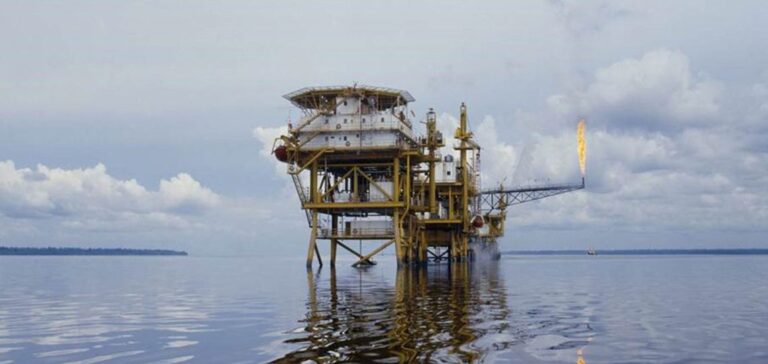Offshore gas production in Southeast Asia is poised for spectacular growth, with investments expected to reach $100 billion by 2028. This forecast, put forward by Rystad Energy, represents a more than twofold increase on the $45 billion worth of developments that reached final investment decision (FID) between 2014 and 2023. Deepwater projects, recent successful discoveries in Indonesia and Malaysia, and positive advances in carbon capture and storage (CCS) are key factors in this expected rapid growth.
Oil and gas majors are expected to account for 25% of these planned investments by 2028, while national oil companies (NOCs) will account for 31%. Upstream companies in East Asia, with a 15% share, show growth potential thanks to their focus on M&A opportunities and future exploration. The majors’ share could even rise to 27% following TotalEnergies’ substantial acquisition efforts in Malaysia.
Regional Challenges and Opportunities
Discussions between Southeast Asian countries are focusing on the future of domestic developments and limiting their dependence on gas imports. Energy security and the transition to gas as a fuel are becoming growing concerns for governments in the region. To address the energy trilemma – balancing energy security, energy equity and environmental sustainability – countries can prioritize the use of domestic resources for gas development while developing policies and incentives that promote sustainable practices and strengthen regional energy security.
However, despite the promising future of offshore gas development in the region, persistent project delays remain a major concern. The economics of deepwater and sour gas projects, infrastructure availability and regional politics have caused widespread delays, some lasting more than two decades. However, the emergence of carbon capture and storage (CCS) centers in Malaysia and Indonesia could change all that. The high carbon dioxide (CO2) content of future offshore projects requires CCS for financing and regulatory compliance. In addition, both countries are exploring depleted reservoirs in mature fields as potential CO2 storage sites.
Investments and Future Projects
New project investments and capital commitments in the region jumped from $9.5 billion in 2022-2023 to around $30 billion in 2024-2025. This upward trajectory is set to continue until 2028, with recent discoveries and the involvement of NOCs playing a crucial role, particularly in deepwater developments. Focusing on sanctioned investment forecasts between two of the region’s leading nations, Indonesia and Malaysia, the former stands out for the expected acceleration of its offshore gas activities. Major projects such as Inpex’s Abadi LNG, Eni’s Indonesian Deepwater Development (IDD) and BP’s Tangguh Ubadari Carbon Capture (UCC) project are at the heart of this dynamic.
Malaysia, meanwhile, continues to maintain robust activity levels with recent sanctioned projects, exploration successes and planned exploration efforts, mainly managed by Petronas, PTTEP and Shell. More than half of the gas projects planned throughout Southeast Asia have a CO2 content in excess of 5%, and are mainly managed by NOCs and major international companies, with a notable trend towards cluster development strategies for deepwater projects.
Economic and Strategic Perspectives
The region’s gas sector anticipates substantial growth, with projected gas resources from IDFs set to rise to 58 trillion cubic feet (Tcf) by 2028, marking a threefold increase on levels seen over the past five years (2019-2024). This growth is based on the effective monetization of recent discoveries and the advancement of delayed developments. Despite a favorable investment climate, operators face economic challenges, particularly in deepwater and sour gas projects. According to Rystad Energy’s analysis, many projects require gas prices above the historical average of $4 per thousand cubic feet to achieve profitability, with an optimal threshold close to $6 per thousand cubic feet.
These economic realities have prompted discussions on revising domestic gas pricing policies across the region. A gas price of $7.5 per thousand cubic feet could potentially make up to 95% of planned developments economically viable, particularly those associated with LNG projects in Indonesia and domestic supply initiatives in Vietnam. Supply chain companies could also see increased value for floater-based projects and deepwater drilling, encouraging them to facilitate this offshore gas renaissance planned for the region.






















